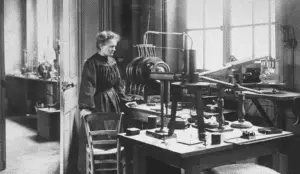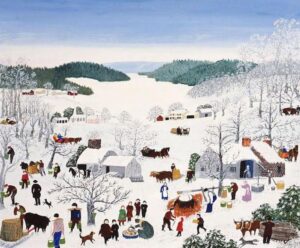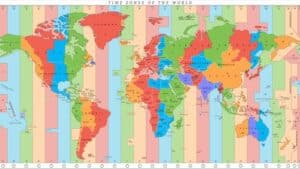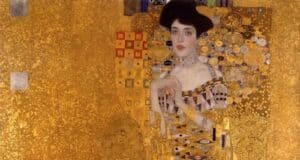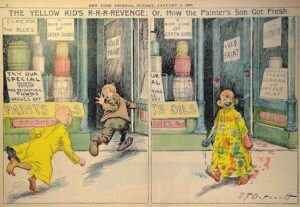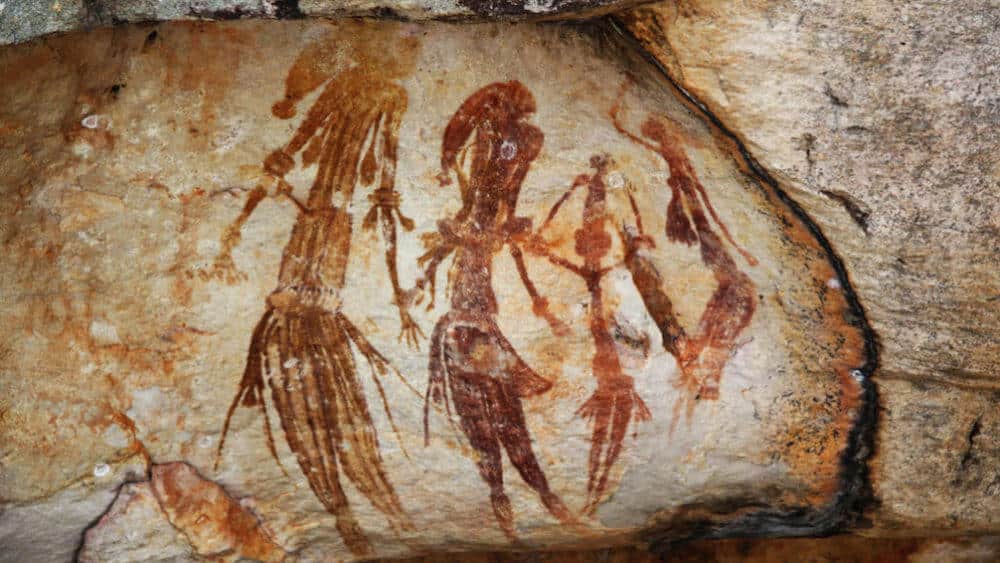Exploring the Colorful History of Comics
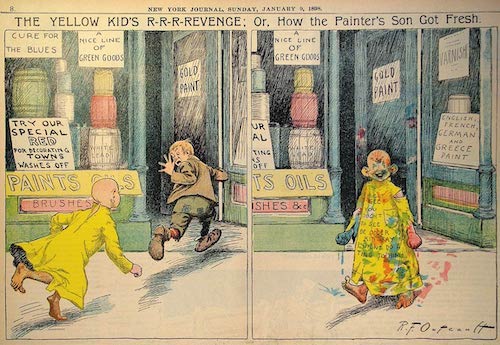
Comics have been an essential part of popular culture since the early 20th century, captivating audiences with their unique blend of storytelling and visual artistry. Comics evolved into a diverse and vibrant medium enjoyed by millions worldwide. The global market size of comic books was $15.35 billion in 2022. In this article, we’ll trace the history of comics and examine how they have developed over the years. From the pioneering works of artists like Rodolphe Töpffer to the emergence of iconic characters like Superman and Spider-Man, we’ll explore the key milestones and cultural significance of comics across different regions and periods.
What is a comic?
A comic is a way of telling a story using pictures and words together. It usually has a series of drawings, called panels, that show what’s happening step by step. The characters often speak through speech bubbles, and there might be extra text to help explain things or move the story along.
Comics can be funny, serious, action-packed, or anything in between. Some are short, like the comic strips in newspapers, and others are long, like graphic novels that feel more like full books.
Basically, a comic is a fun and creative way to tell a story using art and dialogue.

Comics tell stories in a fun and engaging way, but they’re not just for kids. The mix of pictures and words makes complex ideas easy to understand and helps us see the world from different perspectives. They’re like a window into society, sparking conversations about important issues. Comics have the ability to entertain, educate, and inspire readers, making them an important form of literature and art with significant social and cultural relevance.
Fun Fact: The rare 1938 comic book that first introduced Superman to the world sold for a record-breaking $6 million in April 2024.

Comics are just one chapter in humanity’s long journey of visual storytelling. Travel back to when art was invented, understand the impact of masterpieces like Guernica and Mona Lisa, and see how images have shaped thought across centuries.
What is the history of comics?
Usually, people see comics as a product of modern popular culture. And while that is true, their origins date back to ancient times. Ancient Egyptians, for example, used hieroglyphics to tell stories in a sequence of images. Similarly, ancient Greeks used pottery and other mediums to depict narratives in sequential panels.

The modern comic strip, combining sequential art and text, emerged in the late 19th century. One of the earliest examples of a comic magazine is “The Glasgow Looking Glass,” published in 1825-1826. This magazine focused on political and social satire and laid the groundwork for developing the comic strip format by utilizing images and captions to tell stories.

When were comics invented?
The Swiss teacher Rodolphe Töpffer created a series of illustrated stories, which he called “picture stories” or “little novels in pictures.” Töpffer’s earliest known work in this genre is a humorous story, “The Adventures of Obadiah Oldbuck,” which he created around 1827 and privately printed in 1833.

Töpffer utilized visual repetition as a storytelling device, often repeating certain images or motifs across sequential panels. This technique helped to establish continuity and rhythm within the narrative, guiding the reader through the story’s progression. He also achieved rhythm through the pacing and arrangement of panels. He varied the size, shape, and placement of panels to control the flow of the story, creating moments of tension, humor, or surprise. Finally, he created caricatures of his characters, exaggerating their physical features and mannerisms. Thus, he presented their distinct personalities and enhanced the comedic elements of the story.

Basically, Töpffer’s work laid the foundation for developing comics as a distinct art form. His innovations in visual storytelling influenced subsequent generations of artists and cartoonists, shaping the visual language and conventions of the medium. This was a huge milestone in the history of comics.

What was the first comic book?
In the early 20th century, comics evolved into separate books. The 1933 publication of “Funnies on Parade” is considered the first comic book. However, it was more of a reprint collection of newspaper strips.

The first comic book containing original material was “New Fun: The Big Comic Magazine #1,” published by National Allied Publications (later known as DC Comics) in 1935. Comic books were often called graphic novels, the term popularized in the 1980s with works like “Maus” by Art Spiegelman and “Watchmen” by Alan Moore and Dave Gibbons.

What are the most popular comic books?
“Maus” by Art Spiegelman is the first graphic novel to win a Pulitzer Prize in 1992. It is a graphic novel that depicts the author’s father’s experiences during the Holocaust.

The first widely recognized comic strip character, “The Yellow Kid,” created by American cartoonist Richard F. Outcault. The Yellow Kid first appeared in the New York World newspaper in 1895. This marked the beginning of the “Yellow Kid era,” during which newspaper comics gained immense recognition and influenced the history of comics.


Comic books saw a real spike in popularity thanks to the superheroes. Superhero comics feature characters with extraordinary abilities who fight against villains to protect society. From the late 1930s and early 1940s, we have characters like Superman (created by Jerry Siegel and Joe Shuster) and Batman (created by Bob Kane and Bill Finger). That was when comics became a widespread phenomenon, and thus, this era was proclaimed the Golden Age of Comics in the history of comics.

Action Comics #1, 1938, features the first appearance of Superman and is often cited as the beginning of the superhero genre. In 2014, a copy of Action Comics #1 was sold for over $3 million in an auction, setting a record for the highest price ever paid for a comic book in the history.

The superheroes became a staple in comic stories, so the 1950s and 1960s introduced new iconic characters such as Spider-Man, the Fantastic Four, and the X-Men. This period also saw the emergence of underground comics, which pushed the medium’s boundaries in content and style. This era was proclaimed in the history as the Silver Age of Comics.

The X-Men comics, created by writer Stan Lee and artist Jack Kirby, debuted in 1963. The X-Men are mutants born with superpowers, often seen as a metaphor for marginalized groups in society. The series has explored themes of prejudice, discrimination, and social justice, making it one of the most socially relevant and influential comic book franchises.

Comics grew from humoristic and superhero stories, encompassing various genres and styles, catering to diverse tastes and interests. There are adventure comics with thrilling and action-packed narratives; science fiction and fantasy comics with imaginative worlds and futuristic technology; mystery and crime comics full of secrets and criminals; horror comics with dark and macabre themes; autobiographical and slice-of-life comics drawn from the author’s personal experiences and everyday life; and historical comics, which delve into real-world events.

The evolution of modern comics
Since the late 20th century, comics have become a significant part of the film industry. One of the earliest successful adaptations was Tim Burton’s “Batman” in 1989, followed by other notable films like “Superman” (1978), “Spider-Man” (2002), and “X-Men” (2000). The success of these films paved the way for the modern era of superhero blockbusters, with franchises like the Marvel Cinematic Universe (MCU) and the DC Extended Universe (DCEU) dominating the box office.

Also, animated and live-action adaptations of comic books have been adopted on streaming platforms and traditional television networks, with shows like “The Walking Dead,” “The Boys,” and “Marvel’s Daredevil” attracting large audiences.

Comics have inspired numerous video game adaptations across various platforms. Games based on comic book characters and properties range from action-adventure titles like the “Batman: Arkham” series to fighting games like “Injustice: Gods Among Us” and online multiplayer games like “Marvel’s Avengers.”

Worldwide history of comics
Japan (Manga): The Japanese created their own version of comics, called manga. They have distinctive artistic style, with bold lines, expressive characters, and dynamic panel layouts.

Manga began to take shape in the late 19th and early 20th centuries, influenced by Western art and comics. Modern manga emerged during the post-World War II period, publishing works like Osamu Tezuka’s “Astro Boy” in the 1950s. The industrialization and advances in printing technology made comics more affordable and accessible to a mass audience.

Manga covers various genres and has different sub-categories to target different audiences. For example, shonen is meant for young boys, shojo is for young girls, seinen is for adult males, and josei is for adult females. Manga often reflects societal issues and cultural norms in Japan. It addresses adolescence, romance, fantasy, adventure, identity, and societal pressures.

China (Manhua): Chinese comics, called Manhua, date back to ancient times through scrolls and prints. Modern comics began taking shape in the early 20th century, influenced by Western and political cartoons. Manhua often features detailed linework, vibrant colors, and intricate storytelling.

Manhua was primarily used to react to political and social history, including periods of war, revolution, and modernization. Manhua served as a medium for political commentary, social criticism, and cultural expression, allowing artists to convey messages and ideas to a broad audience. Furthermore, Manhua covers many themes, including historical dramas, martial arts epics, and urban life.

Argentina (Historietas): Historietas in Argentina gained popularity in the mid-20th century, particularly during the 1940s and 1950s. This period saw the emergence of iconic comic book characters and series and the establishment of comic publishing companies. Argentine comics range from realistic and detailed artwork to bold and stylized illustrations.

Historietas have played a significant role in Argentine popular culture. They address social and political issues with wit and satire. Comics like “El Eternauta” explore themes such as dictatorship, social injustice, and resistance movements. Historietas provide entertainment and escapism during social and political upheaval and serve as a platform for cultural expression and social commentary.




